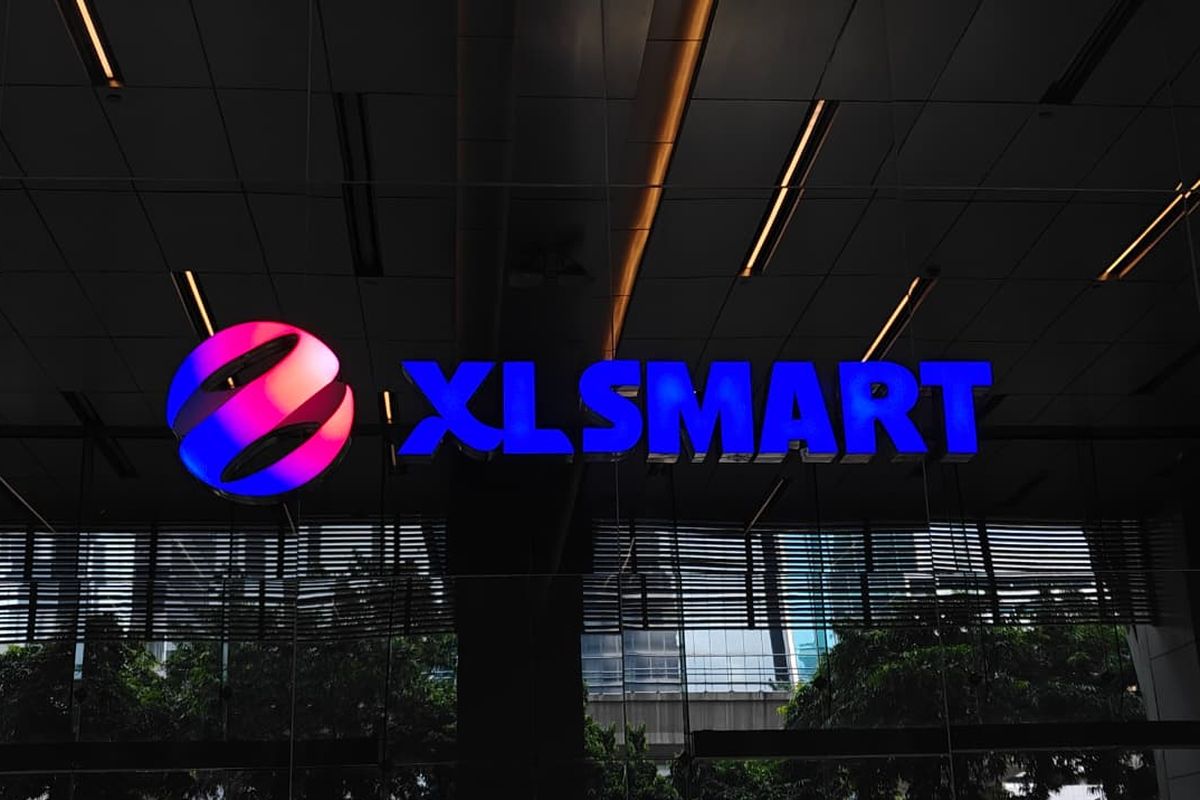PT XLSMART Telecom Sejahtera Tbk reported strong operational results in the third quarter of 2025, its first full quarter of consolidated performance after the merger.
Total revenue reached IDR 11.47 trillion, rising 38% YoY. Normalized EBITDA increased 24% YoY to IDR 5.40 trillion, with a normalized EBITDA margin of 47%.
Normalized net profit rose 288% YoY to IDR 1.15 trillion.
Data and digital services made up more than 89.7% of total revenue, and the company’s revenue for the first nine months of 2025 exceeded IDR 30.57 trillion.
President Director & CEO Rajeev Sethi said, “The third quarter of 2025 marks a pivotal phase for XLSMART as we begin to realize the value of consolidation and post-merger integration. Despite persistent industry headwinds, we achieved solid growth, fueled by strong post-merger momentum. Our expanding customer base and higher average revenue per user (ARPU) confirm the effectiveness of our monetization strategy and focus on sustainable, quality growth.”
Synergy Gains and Integration Progress Support Customer Experience
Sethi explained that network integration is progressing as planned, helping expand coverage and improve service quality.
He noted that revenue grew 38% YoY, while normalized EBITDA and PAT continued to trend positively despite one-off integration costs.
He added, “We are also on track to realize post integration synergies valued around USD 150–200 million in 2025.”
According to him, several initiatives have produced real results, including the consolidation of operations and service monitoring centers, collaboration with network and tower partners, and optimization of sites and network assets.
In Q3, the subscriber base increased to 79.6 million, representing 36% YoY growth.
Blended ARPU reached around IDR 39 thousand, showing a double-digit improvement from the previous quarter, supported by improved customer experience from effective network integration.
Operational Expenses Rise Due to Integration and Broader Scale
Operational expenses increased as a result of the ongoing integration process and larger operational scale after the merger.
Selling and marketing expenses also grew YoY because of higher sales commissions, while advertising and promotional costs declined.
Other expenses—such as infrastructure, interconnection, and regulatory costs—also recorded YoY growth.
Overall operational expenses increased in line with one-off costs directly tied to the post-merger integration into the new XLSMART entity.
Three Business Pillars: Mobile, Enterprise, and Home
XLSMART’s performance is built on three business pillars: Mobile, Enterprise, and Home.
In the mobile segment, the company strengthened its position through XL, AXIS, and Smartfren, supported by simpler starter pack offerings and product optimization that helped market recovery.
Digital engagement increased, with monthly active users of MyXL, AXISNet, and mySmartfren reaching 39.1 million, up 21% YoY.
In the enterprise segment, the launch of ESTA in July 2025 marked an important milestone, providing solutions in IoT, cloud, cybersecurity, and automation.
In the home segment, XL Satu continued expanding its role as a leading fixed broadband provider, with a user base approaching one million customers, supported by flexibility, affordability, and a focus on family households.
Financial Position Remains Healthy as Integration Investments Continue
As of the end of September 2025, gross debt stood at IDR 22.50 trillion, while net debt reached IDR 21.14 trillion.
The net debt to EBITDA ratio, including finance leases, reached 3.27x. The company reported no USD-denominated debt. Approximately 84% of loans were at floating rates, while 16% were fixed.
Free Cash Flow increased 23% to IDR 9.41 trillion.
Capital expenditure totaled approximately IDR 4.26 trillion as XLSMART continued investing in integration activities to enhance network quality and customer experience.
Network Integration Delivers Faster Speeds, Wider Coverage, and Higher Traffic
Network integration progressed well, improving download speeds, traffic efficiency, and overall service coverage.
Download speeds for XL, AXIS, and Smartfren customers increased 71%, while Smartfren’s population coverage expanded 38%.
XLSMART accelerated network expansion through National Roaming and MOCN, enabling connectivity between legacy XL and Smartfren networks.
This expansion extended service availability to approximately 192 additional cities and areas.
The company also integrated its Customer Experience & Service Operation Center, supported by ZTE and Huawei.
By the end of Q3 2025, XLSMART operated more than 209,000 BTS, up 27% YoY, with around 15,000 sites integrated. Service traffic rose 53% YoY to 3,903 petabytes.
PHOTO: KOMPAS.COM/LELY MAULIDA
This article was created with AI assistance.
Read More






 Friday, 14-11-25
Friday, 14-11-25







